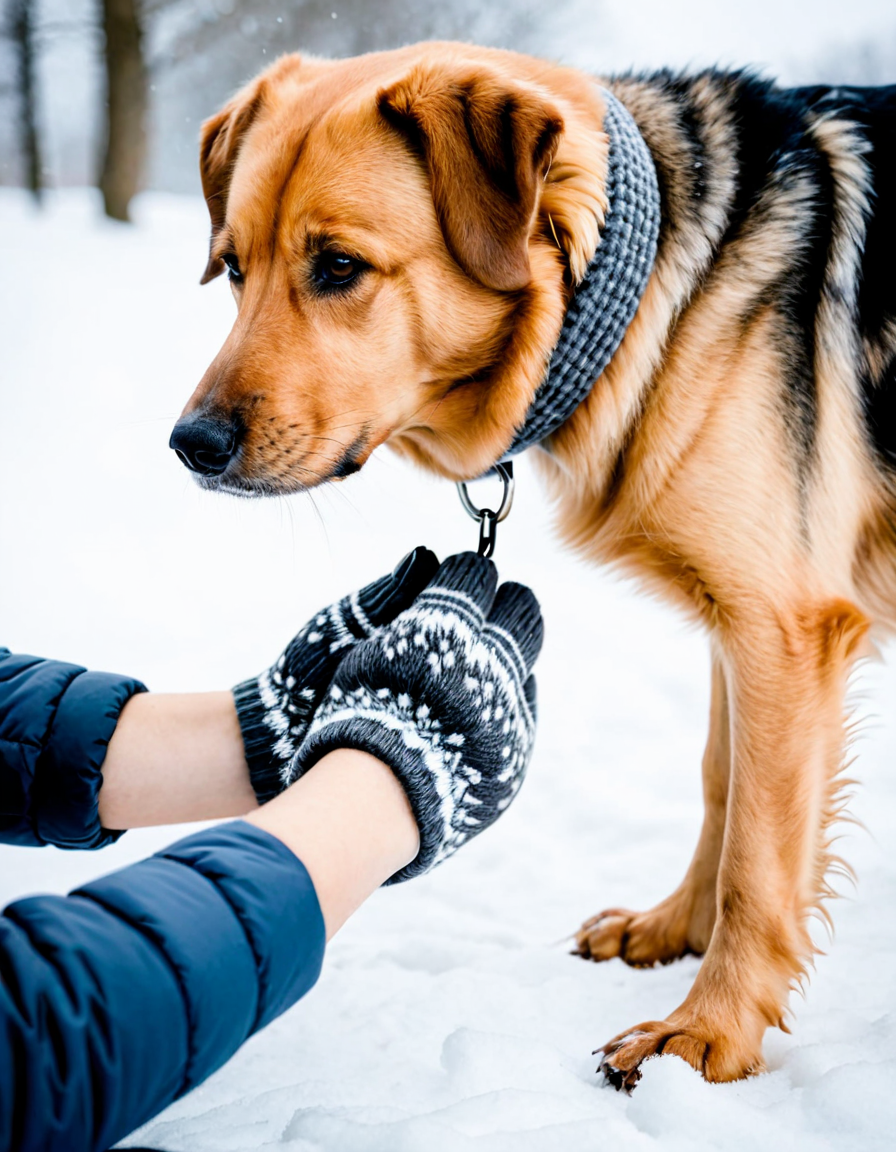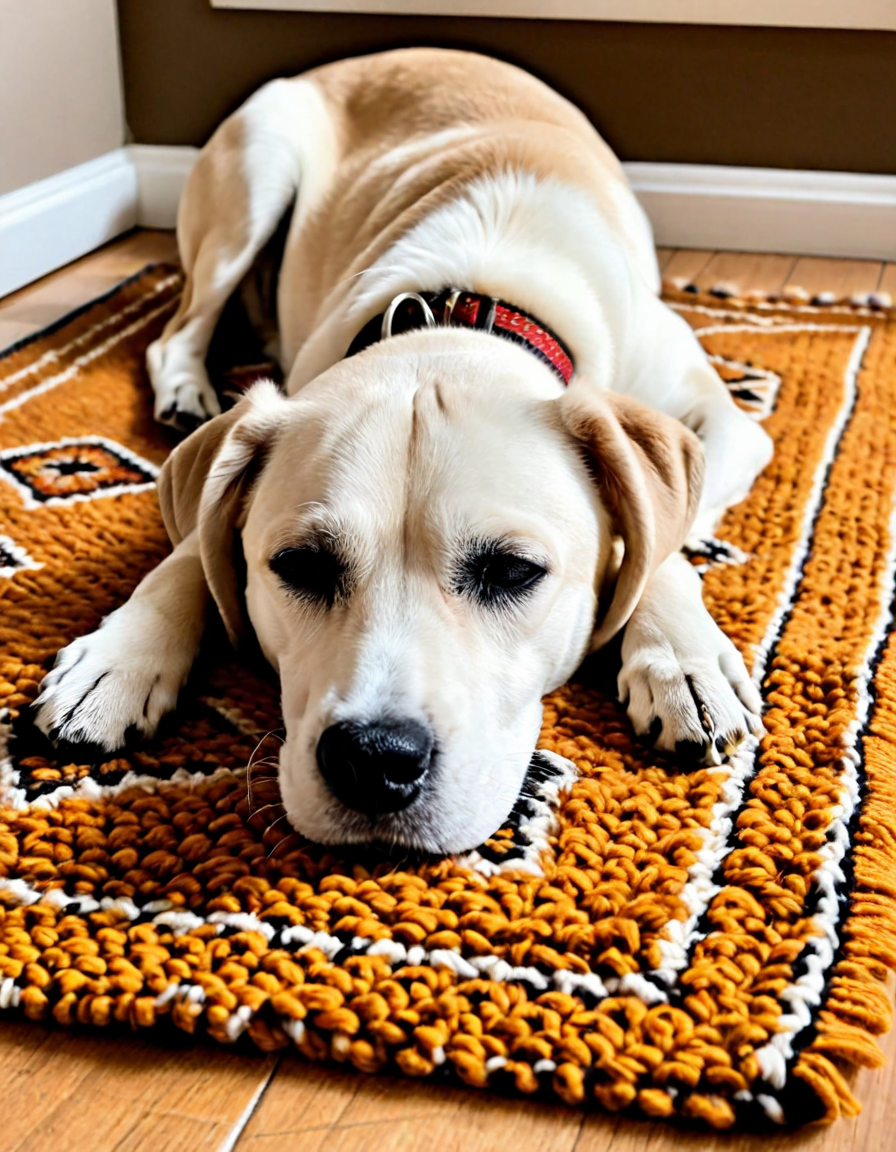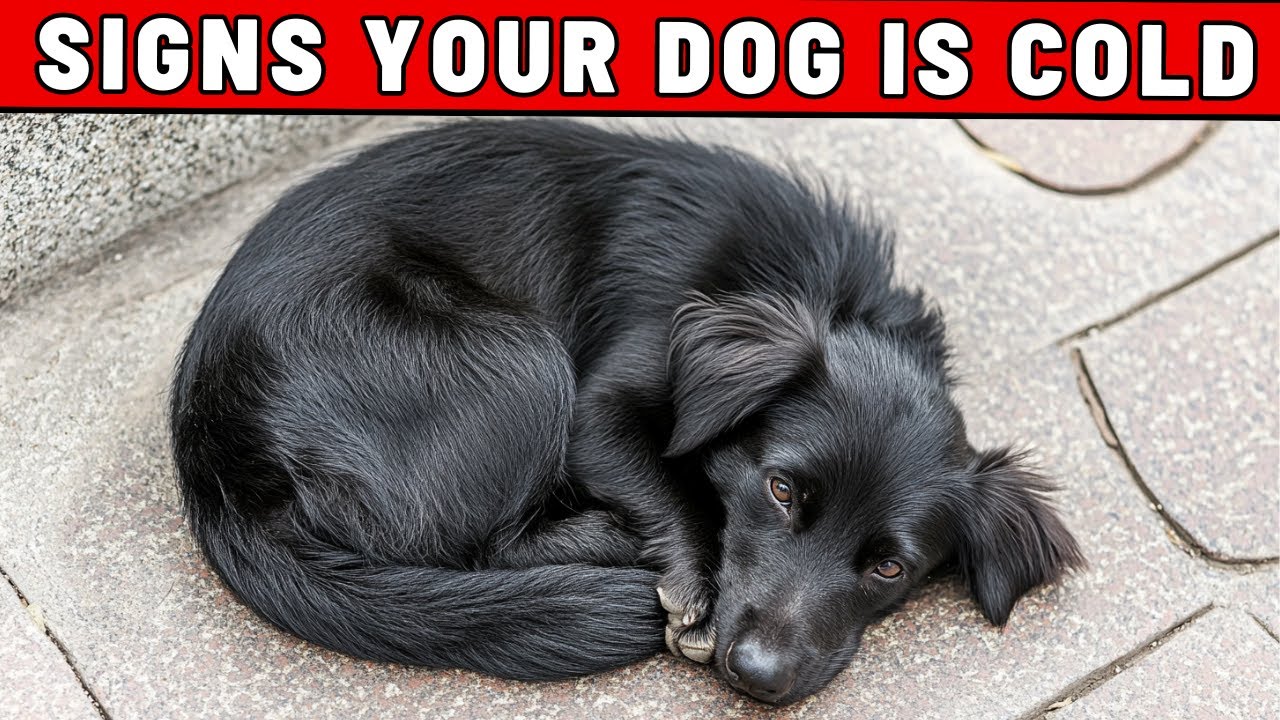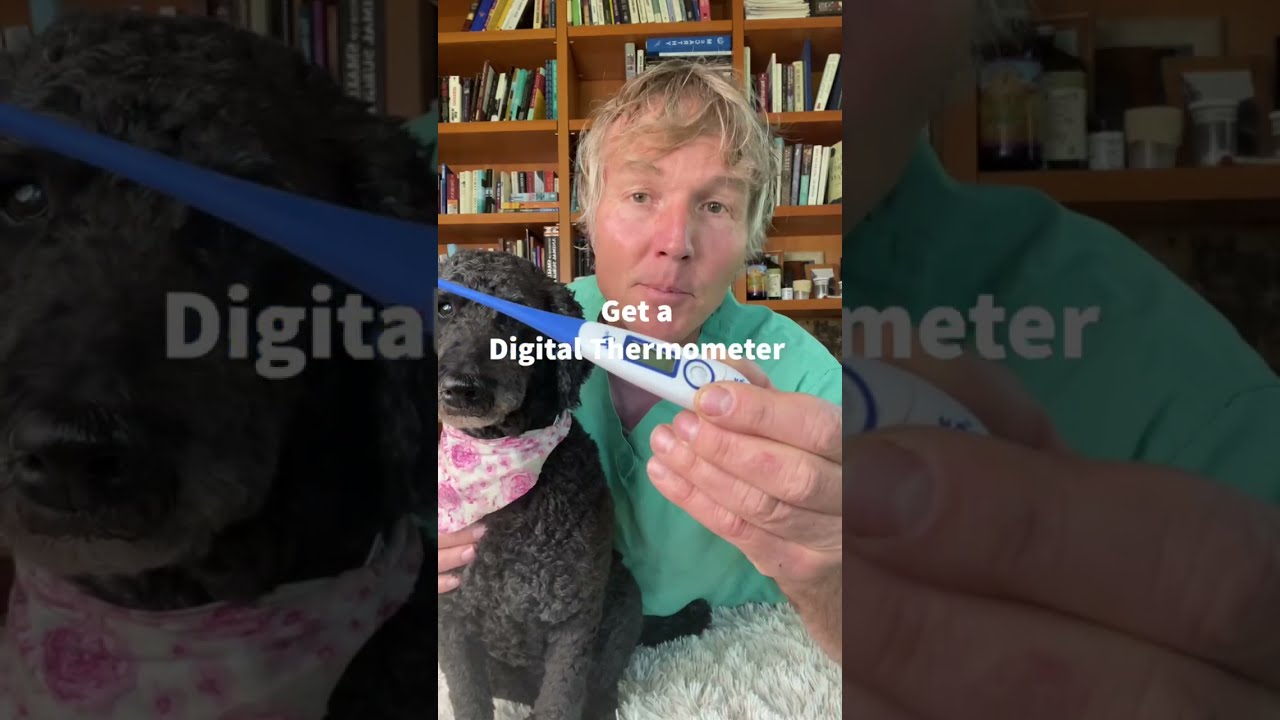When winter rolls around, our furry friends can struggle to handle the biting chill. It’s essential for dog owners to know how to tell if a dog is cold to keep our companions healthy and happy. In this article, we’ll explore eight key signs that indicate your dog might just be feeling frosty. Don’t worry – we’ve got some handy tips to keep them warm, too!
1. Shivering: A Classic Indicator
One of the most obvious signs that your dog is cold is shivering. Just like humans, dogs will shiver to generate body heat. If you spot your pup vibrating or quaking, this is a definite indication they need some warmth. Smaller breeds, including Chihuahuas and Toy Poodles, often experience shivering sooner than larger breeds given their lower body fat.

2. Whining or Whimpering: Vocal Alerts
Dogs communicate discomfort in various ways, and vocalizing is one of them. If your usually calm companion starts whining or whimpering more than usual, especially during a chilly outdoor session, it may be a cue that they’re feeling the cold. Sensitive breeds like Greyhounds, with their thin skin and minimal body fat, are particularly prone to vocalizing discomfort when temperatures drop.
3. Seeking Shelter: Natural Instincts
Ever noticed your dog trying to sneak back indoors or curling up in a cozy corner? This behavior is a solid sign your dog is actively seeking warmth. While breeds like Siberian Huskies are adapted to handle colder climates, even they may try to escape the cold after long exposure. Keep an eye on your dog’s behaviors — if they’re looking for cover, it’s time to bring them inside and warm them up.

4. Lifting Paws: The Cold Ground Reaction
Many dogs instinctively lift their paws off the ground when it’s too chilly for comfort. This behavior signals discomfort and urgency to reduce contact with cold surfaces. Breeds like Dachshunds, which have shorter legs, might start exhibiting this behavior earlier than larger breeds. This is your cue to check on them and consider shortening your outings to ensure their comfort.
5. Curling Up: A Defensive Posture
When a dog curls up tightly, it’s often an instinctual way to preserve warmth. If you notice your dog tucking themselves like a little ball, especially during colder conditions, they may be sheltering vital organs from the chilly air. Breeds like Bulldogs may struggle to maintain warmth due to their physical structure, increasing the likelihood of this defensive pose.
6. Frostbite and Ice Buildup: Physical Signs
Take a moment to look at your dog’s ears, tail, and paw pads for early signs of frostbite. This appears as pale or grayish skin on susceptible areas. Additionally, ice accumulation on their paws can also signal discomfort. Breeds with thick fur, like Newfoundlands, can sometimes hide frostbite until it’s severe, making regular checks vital during winter walks.
7. Decreased Activity Levels: Sluggishness
A sudden drop in your dog’s energy levels can indicate they’re dealing with the cold. If they’re not as excited about their daily walks or playtime, they might be feeling the chill. Senior dogs, especially those with joint issues like arthritis, can be particularly affected as cold temperatures can exacerbate their discomfort. Keep an eye on their activity levels during the colder months.
8. Refusal to Go Outside: Avoidance Behavior
Lastly, if your pup suddenly hesitates to go outdoors when the temperature drops, it’s a strong sign they’re feeling cold. This behavior can be really pronounced in breeds that aren’t naturally built for the cold, like Chihuahuas or French Bulldogs. If your dog is giving you the “not today” look at the door, consider their climate comfort before making them venture out.
Tips to Keep Your Dog Warm in Cold Weather
Understanding how to tell if a dog is cold is only part of the equation. It’s crucial to take proactive steps to ensure their warmth and comfort during the colder months. Here are some helpful tips every dog owner should consider:
By keeping an eye out for these signs and implementing these tips, you can help your furry friend stay comfortable and healthy through the winter season. Recognizing how to tell if a dog is cold is key to their well-being, and with the right measures, you can ensure their happiness even in the coldest of climates. So, bundle them up and enjoy those winter walks together while keeping their comfort a top priority!
How to Tell if a Dog Is Cold
Signs Your Pooch Might Be Shivering
If you’re wondering how to tell if a dog is cold, keep an eye out for those classic signs. Shivering or trembling is the most noticeable indicator; think of it like when you get chilly and your body kicks into gear to warm up. You might also see dogs curling up into a tight ball, almost like a pizza box being closed to retain warmth. That adorable instinct is nature’s way of helping them conserve heat! And, fun fact—did you know that smaller breeds, like Chihuahuas, tend to get cold much quicker due to their low body fat? Just as with specific dog medications, like Optimmune For Dogs for eye care, keeping an eye on your furry friend’s temperature play a crucial role in their overall well-being.
Behavioral Changes to Note
Another sign to watch for when figuring out how to tell if a dog is cold is a change in behavior. If your pup suddenly seems less enthusiastic about walks, it could be because the weather has them feeling freezing! If they’re seeking out cozy spots to snuggle in, like under a blanket or on a warm lap, that’s a clear signal. Just like how certain conditions can lead to fluid retention in dogs, such as when administering spironolactone, comfort is key during colder months. Dogs may also attract warmth and comfort from others in the household, maybe even snuggling up to a rare pet like a guinea pig from the many Breeds Of guinea Pigs you might have at home!
Temperature Tips for Concerned Owners
Understanding how to tell if a dog is cold involves knowing how to act. If it’s chilly outside and your dog looks like they’re struggling, consider a doggy sweater or jacket. Just like folks might look to expert advice from industry leaders like Dennis Kirk, you can look for high-quality dog apparel tailored to their needs. Help your pup warm up with a nice heated blanket or allow them to lounge near a cozy space; those little luxuries they appreciate could change their day. If they’re frequently affected by cold, it might be time to consult with a vet to explore potential health issues, especially if they’re exhibiting signs akin to medications like Entederm. Keep an eye on your pal, rejoice in their warmth, and always learn more about how to keep them snug as a bug!






